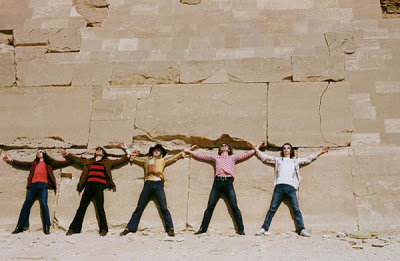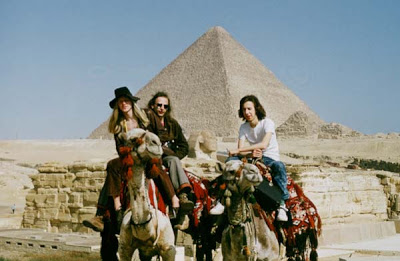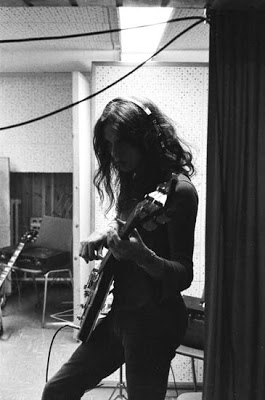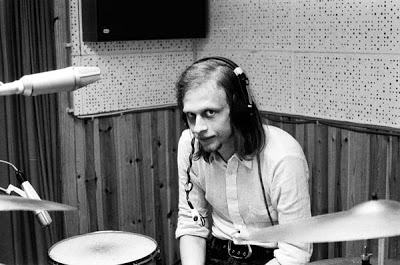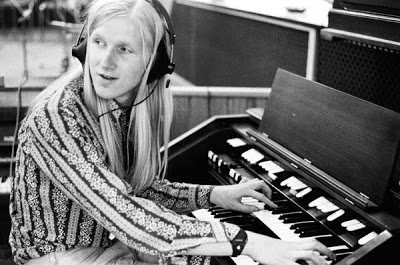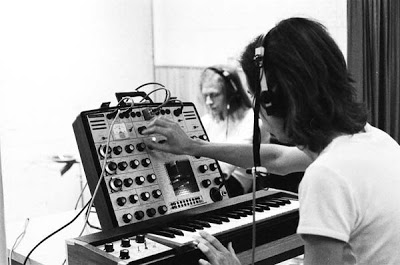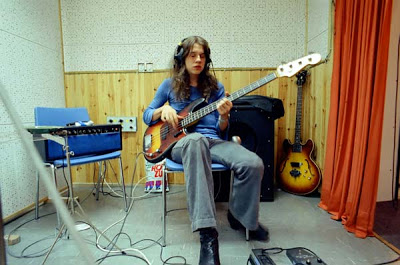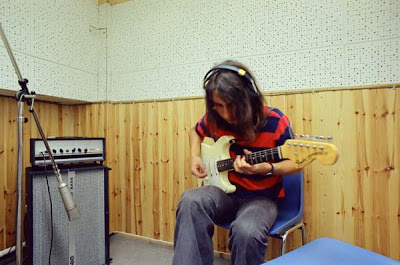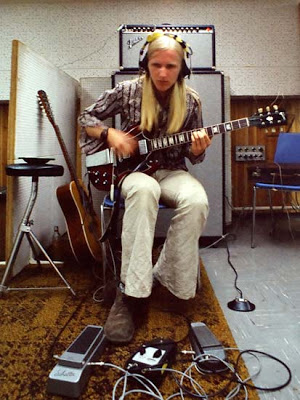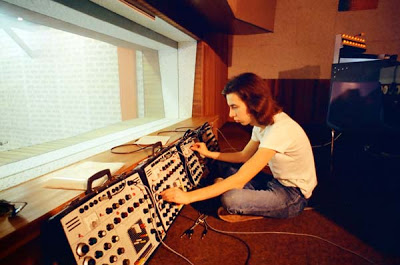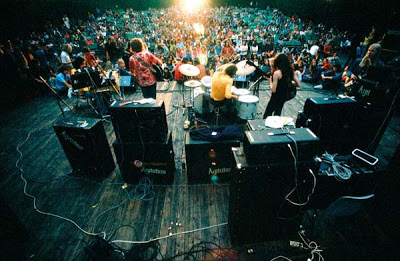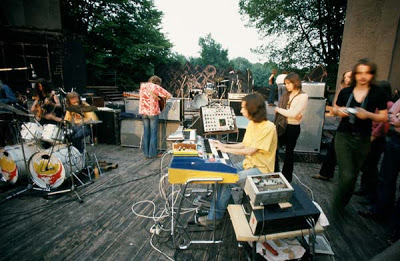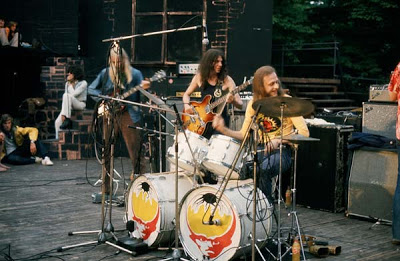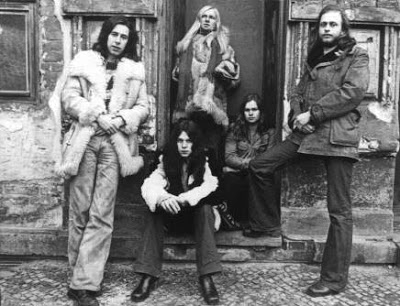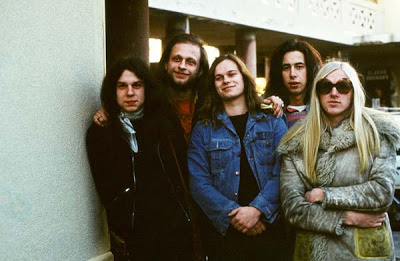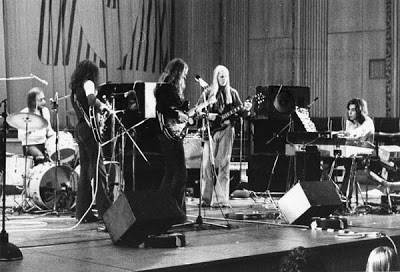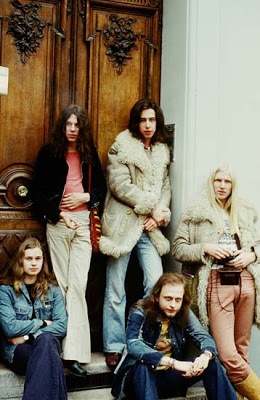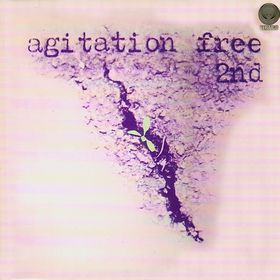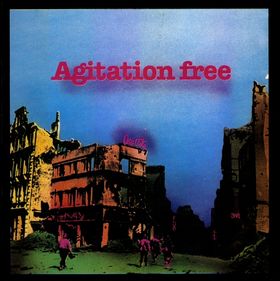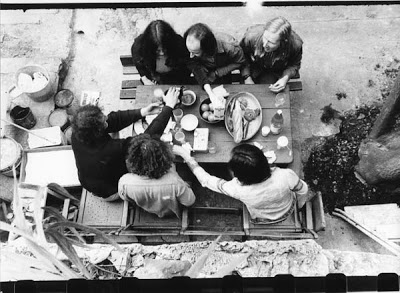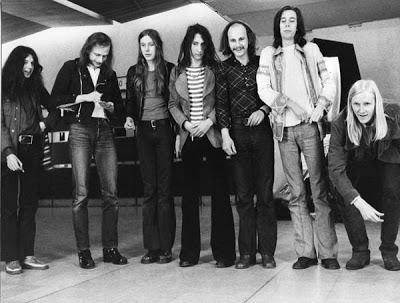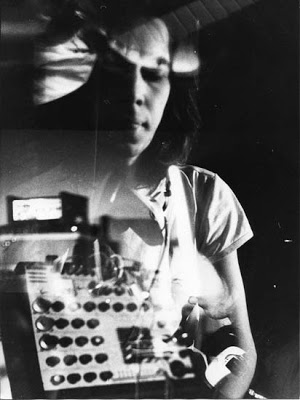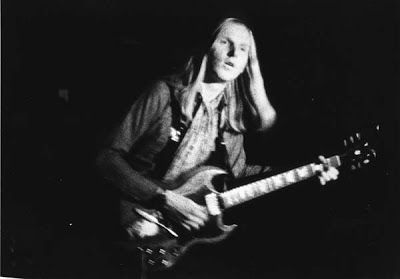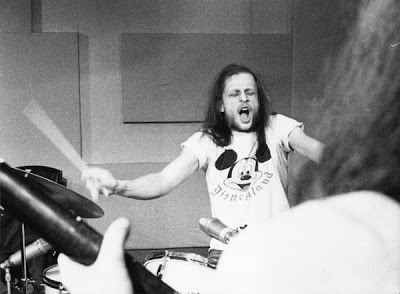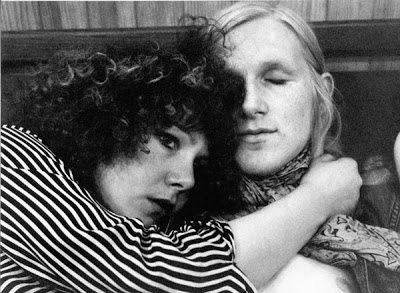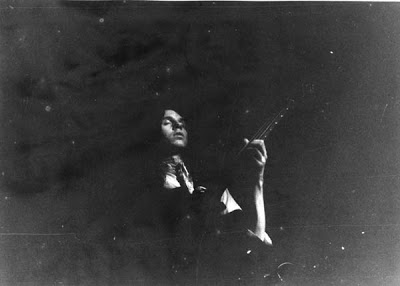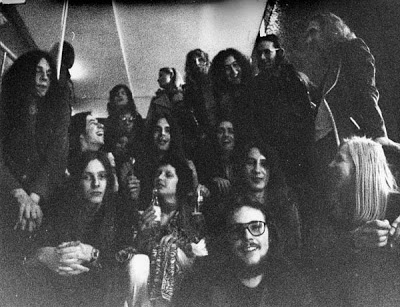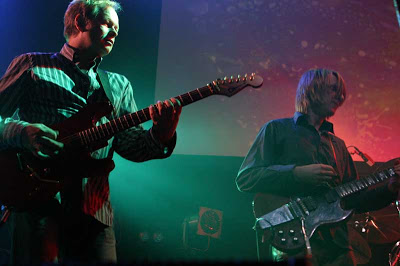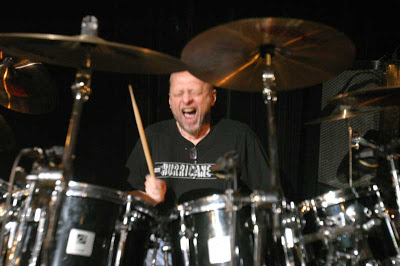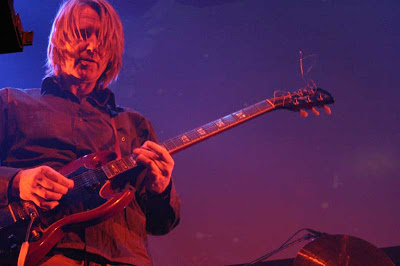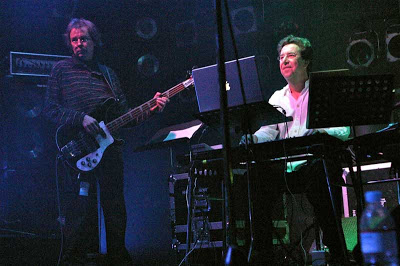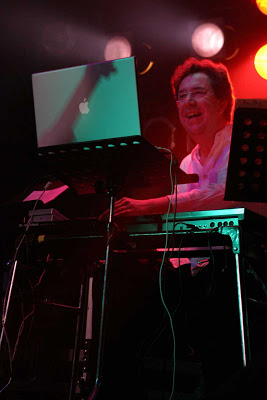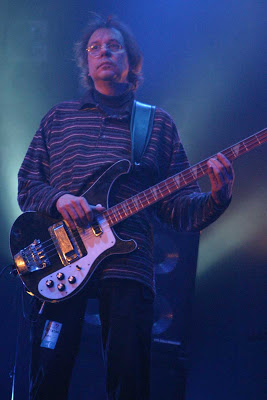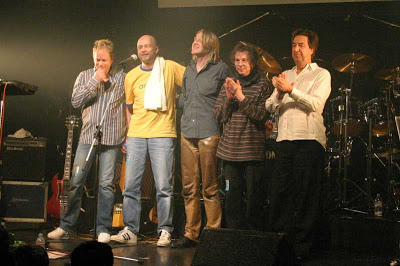Agitation Free interview with Michael Hoenig
“Shibuya Nights” is the latest live album by Agitation Free. It’s recorded in Tokyo and the band performed material from “Malesch” and “2nd”, as well as the latest songs.
Where and when did you grow up?
I grew up in what used to be West Berlin. I was fascinated with everything psychedelic, but my influences came mainly from the contemporary art scene of the 60’s. I remember the 1968 Documenta IV being a big game changer. My initial approach to music was purely experimental.
You were editor of LOVE magazine back in the 60’s. Would you like to share a story regarding this underground magazine?
That information is somewhat incorrect. The editor of LOVE was one of Berlin’s original Hippies, a friend named Frank Schickler, who also owned Berlin’s first Poster shop at the time. I acted more as an assistant, mind you I was 16 at the time. The Magazine mainly translated the most enlightened writings of the US counterculture of the time, as well as articles from papers like “East Village Other”, “The Oracle” or “The Berkley Barb”. We also printed papers of liberal, open minded local writers.
What can you tell me about formation of Agitation Free?
Agitation Free existed in various incarnations since 1968. Burghard and I joined in early 1971. I had played with Thomas Kessler in a German incarnation of what was in England Cornelius Cardew’s “Scratch Orchestra”, and he introduced me to the others at the Electronic Beat studio he had originated with the band. The first sessions were totally free form music, somewhere between improvisational Rock and Fluxus, a bold, free style musical happening. It was wild and liberating.
In 1972 you released your most well known album “Malesch”.
We had just returned from a 3-week tour of Egypt, Lebanon Cyprus and Greece. Of course that provided us with loads of impressions and ideas. We were the first Rock Band those people had ever seen (it was years before Grateful Dead played at the pyramids), and the marvelous audience reception propelled us to an entirely new plane.
What gear did you guys use?
I hope I remember correctly. Pearl Drums, Congas and Timbales, Fender Stratocaster, Gibson SG Standard, Vox Organ Guitar, Fender Jazz Bass, Gibson EB2, all with various effect pedals, Dynachord Echo’s, 4 EMS Sythi A’s, Revox A77 for tape delay, Hammond B3, Bavarian Zither and contact mikes on found objects.
What can you tell me about the cover artwork and why the name “Malesch”?
The front cover depicts all of us in the grand step pyramid of Djoser in Sakkara, which was the necropolis of the ancient capital of Memphis. The inner sleeve had a collage of many dozens of photos from that tour. To be frank, the graphics did not quite turn out the way we wanted, but we had no leverage with the label. “Malesch” was a word we heard a lot in Kairo. It means something like “nevermind”, when you accept something as a part of a bigger picture.
What did inspire you to record “Malesch” LP?
We did not play tunes or songs at the time, everything was improvised, in fact we never played anything twice. To make a recording based on influences from our recent tour seemed the most natural thin in the world. We just went through stacks of 2” tape and recorded whatever new material we could come up with. The best was chosen for the LP. To document our travels, we always had a portable UHER recorder running wherever we went, and all the collages on the album where from recordings taken during our daily adventures.
What can you tell me about touring?
Apart from the middle eastern experience, Agitation Free between 1971 and 1974 toured mainly in Germany and France, sometimes Belgium and Holland. Regarding Festivals we played among others the 1st German Pop festival at Berliner Sportpalast, at “Medienstrasse” during the Munich Olympics, the “German Super Rock Festival” in Franfurt’s Jahrhunderthalle and uncounted other festivals in France and Germany. The Wasaw Atumn festival was dedicated to contemporary classical music and somewhat an exception.
A year later you released your second album.
“2nd” was recorded in Munich’s Studio 70. For the first time we started working with motives and themes, but the material between those moments was still totally improvised. We were at the height of some new creativity within the group, and we felt incredibly privileged being able to record outside Berlin in what was one of Germany’s top studios at the time. I remember having a totally fab time believing the band was onto something sonically cutting-edge, different and new, not realizing that a deep rift developed between our two guitar players.
What happened next?
Gustl Lütjens replaced Frank Diez, and we went back on the road. The band was at its musical best. Last was a compilation of existing stereo tracks from French TV shows and a Rias-Berlin radio recording of a collaboration with avantgarde composer Erhard Grosskopf. It was released after the original band had split up in June 74.
I’m sure you have some crazy stories from the 70’s?
I had to refresh my memory with Lüül’s autobiography. A great moment happened in Egypt in Alexandria. We travelled with a small backline and had requested a P.A. system at all venues. Unfortunately the promoters did not know what that was, and we found a regular home Stereo-System at the venue. In addition the flight case with all drum stands got mysteriously lost. Burghard set up with the help of a bunch of music-stands and chairs, it looked utterly ridiculous, but nothing could disrupt our high spirits. During the concert, a stagehand accidentally ripped the power cables out of the wall, – literally -, and Burghard delivered the longest drum solo ever. The audience was mesmerized.
In 1995 you were back with “Fragments”. Then you released “At the Cliffs of River Rhine”, “River of Return” and “The Other Sides of Agitation Free”. How was it for you to get back together?
“Fragments” was a lousy recording of a relatively listless reunion jam with many musicians that had once played in the band. Maybe it should have been kept private, in fact I remember being truly angry when I heard of its release. “The Other Sides of Agitation Free” was an independent project by Michael Günther and Gustl Lütjens with other musicians that I cannot comment on. “Cliffs of River Rhine” (rereleased as Live ’74) on the other hand emerged from a recording of a fabulous concert at Cologne radio station WDR. I recall being somewhat skeptical when received the 2-track in Los Angeles, – the sound quality of the already deteriorated tape was abysmal, – but a little digital sonic archaeology revealed an classic Agitation free set that showed everybody in excellent form; – and it brought back fun memories. “River of Return” was a reunion attempt in 1995. Unfortunately I was totally occupied with previous scoring commitments in L.A.
What are some of your future plans?
The concerts in Tokyo came as a surprise to all of us; we had not played together for 35 years. The just release “Shibuya Nights” will definitely appeal to our old fans, but might also open up a new audience. We are currently planning concerts for spring 2012 in France, the UK and Germany.
Thank you very much for the interview!
For a blast from the past that sounds surprisingly contemporary, go get “Shibuya Nights” Agitation Free live in Tokyo.
– Klemen Breznikar
All photos copyright © of Agitation Free.

